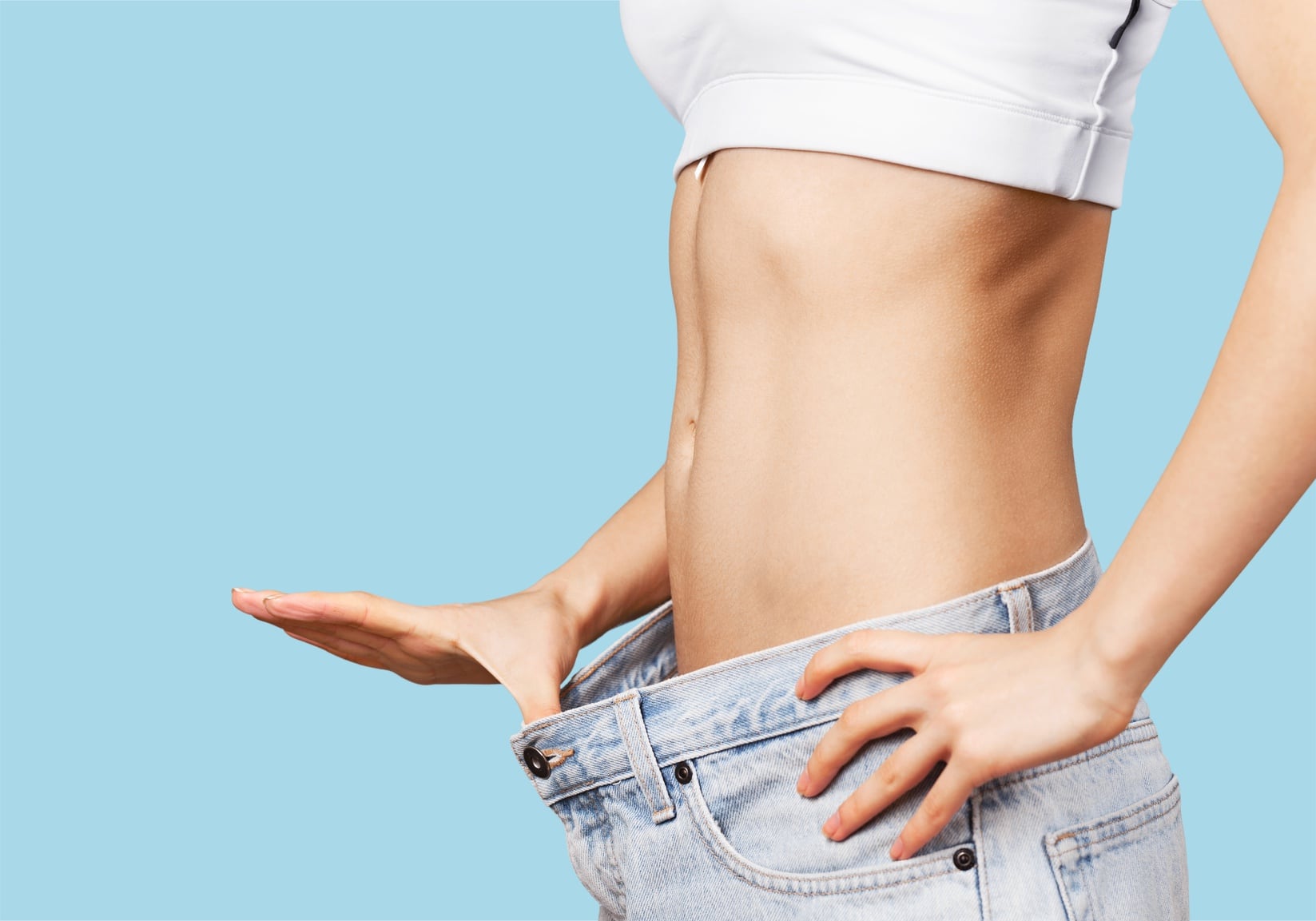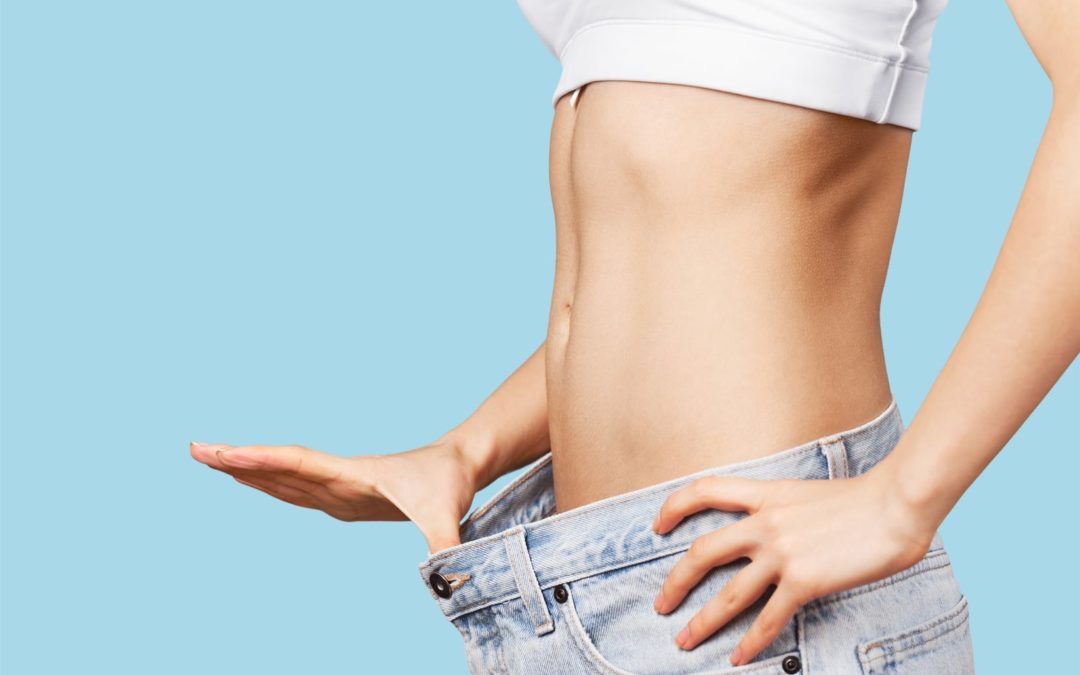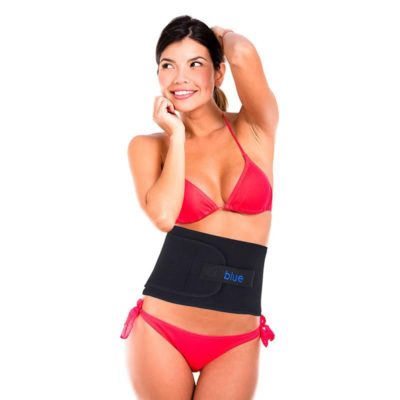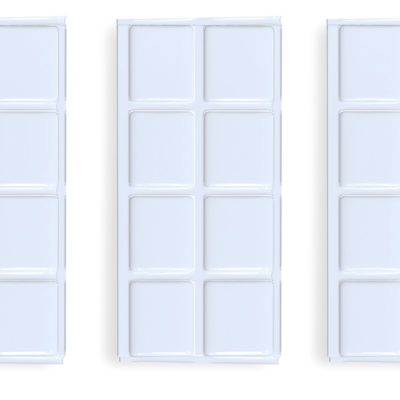“Fat freezing” is exactly what it sounds like, the freezing of fat. But that doesn’t tell us much. We need to know what kind of fat, how fat is frozen, what freezing does to fat, and why we freeze fat.
Fat cells (aka adipocytes) are a vital part of the human body. We have anywhere from 10 to 30 billion of them that manufacture and store fat. And even though the word “fat” has taken on a very negative connotation in our society, fat provides the body with energy, stores certain vitamins, makes up brain tissue and cell membranes, protects organs and provides insulation.
The problem comes about when we consistently consume more calories than we burn. (That’s a nice way of saying we pig out.) We gain weight and have to store the extra fat someplace. Where depends mostly on gender, genetics and hormones. In general, women will have more fat in their hips, thighs and buttocks; men in the belly.
So that’s the fat we’re talking about. Now, how is fat frozen?
Fat is frozen by the controlled application of cold to the parts of the body where fat deposits need to be reduced.
What freezing does may be hard to wrap your mind around at first, but scientists discovered that subcutaneous (just under the skin) fat cells exposed to cold for a period of time will die, and the contours of the fatty areas of the body noticeably reshaped. The cold affects the subcutaneous fat cells without damaging the surrounding tissue and skin surface, because fat freezes at a higher temperature than other tissue. It may be easier to understand if you think about the ice packs used on inflamed areas and swelling in sports injuries.
Fat freezing is used by the many people of all shapes and sizes, even those who eat healthfully and are physically active and yet have those stubborn fat deposits they can’t seem to get rid of. The Blue Fat Freeze System freezes away the flab on tummies, butts, upper arms, thighs—wherever you want to firm, tone and tighten.








